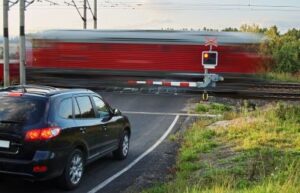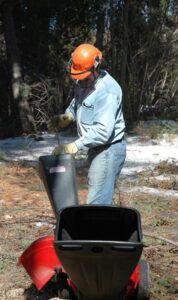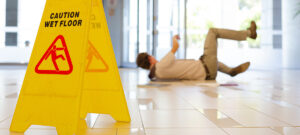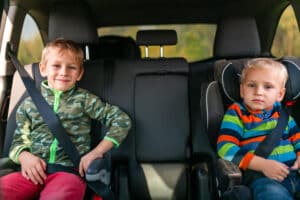Human Factors
Human Factors is the study of the capabilities and limitations of people and how these shape the ways in which people make decisions regarding interactions with products, processes, and environments.
Human Factors is an essential part of accident evaluation in a wide range of cases involving consumer and commercial products, medical devices, oil and gas operations, construction, mining, industrial worksites, utilities, railroad crossings, aviation, commercial trucking, automobiles, and premises.
Learn more about our Human Factors services below.
Our Human Factors Services
Rimkus human factors consultants have expertise in chemical hazard communication in the workplace, consumer, and community settings. Our experts help evaluate communications, including labels and Material Safety Data Sheets (MSDSs), against historic and present-day standards and norms.
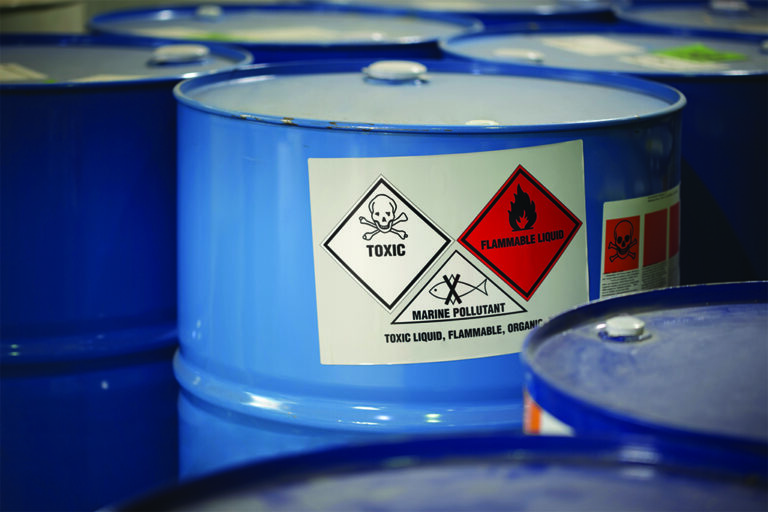
Children’s perception and understanding of hazards are constantly developing as they mature from childhood to adulthood and can affect their behavior with respect to their interaction with products, situations, and environments. Our human factors consultants evaluate accidents that involve injuries to children by utilizing scientific and empirical data on children’s capabilities, limitations, and supervision needs in a given situation, as well as the extent to which adult supervision can affect childhood injury causation. We can answer key questions, such as whether the child behavior could be reasonably expected for their developmental stage, whether child supervision/monitoring was adequate for the child’s developmental stage and context, whether a child or supervising adult responded reasonably given a situation, and whether a child or supervising adult would have benefited from additional or alternate warnings.

We assist clients in the design and implementation of time and motion studies for a variety of situations. Our experts can provide litigation support for matters dealing with employment situations and their evaluation under the Fair Labor Standards Act (FLSA).
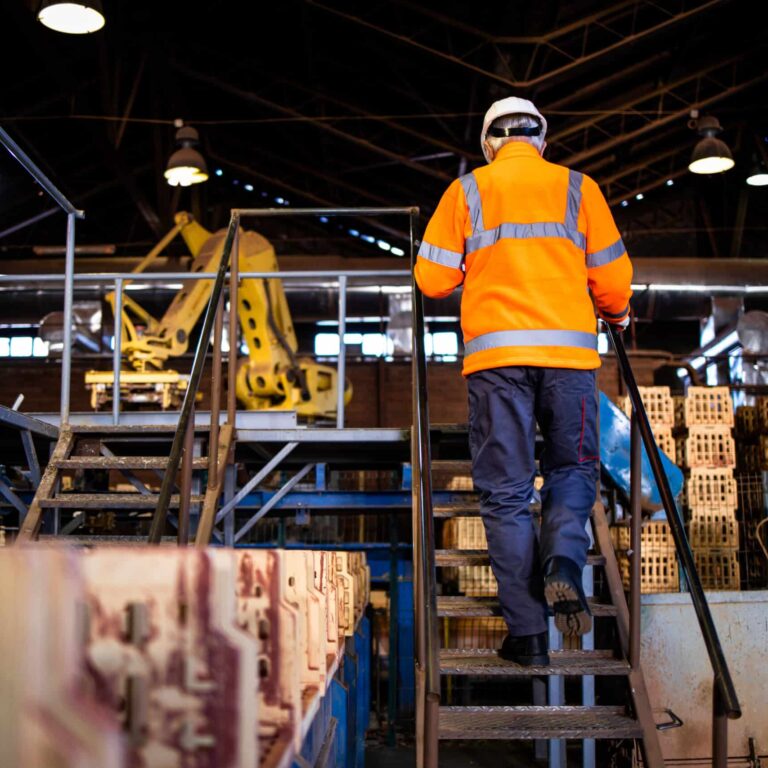
Maritime and recreational activities are usually undertaken for enjoyment. The list of such activities is extensive and varied, from team sports to snow and water sports, boating, swimming, and diving, riding vehicles from bikes to ATVs and UTVs, juggling to walking on a tightrope, and scuba diving to skydiving. Such activities involve exposure to hazards and the potential for injury. Rimkus human factors consultants evaluate accidents that occur as a result of maritime and recreational activities and evaluate the human factors issues that may have caused or contributed to the accident scenario. Such accidents are often multifactorial in nature and may require consideration of variables including an individual’s task, their training/experience, the products they were using, what kind of information was provided by the manufacturer of those products, the actions of the people around at the time of the activity, and the environment in which the activity was being conducted. Our experts have worked with marine manufacturers, government and trade organizations, and attorneys to tackle a variety of complex problems involving water sports and recreational activities. We have authored technical reports for the U.S. Coast Guard addressing recreational boat design, human factors, and safety.

Nearly twenty years ago, the Institute of Medicine reported that there may be as many as 98,000 deaths each year due to preventable medical errors. More recently, research has indicated that this number may be low and that medical error may be the third leading cause of death in the United States. When accidents or errors occur due to the interaction between a human user and a medical device, human factors consultants can assist in determining how and why the incident occurred. Rimkus human factors consultants evaluate accidents related to medical devices such as implantable and wearable devices, devices for medication delivery, and therapeutic devices. We also work on accidents involving pharmacy error management, such as medication overdose and the effects of new technology implementation and job design on medical errors. Our experts can examine issues related to FDA regulatory compliance, adequacy of warnings, instructions, safety communications, reliance on training, and a device’s user interface when evaluating whether the design of the medical device could have contributed to the accident. We can also evaluate how users would have perceived information from the device, how they would have interpreted the information and made decisions about what to do, and whether the design of the device reduced the risk of error.
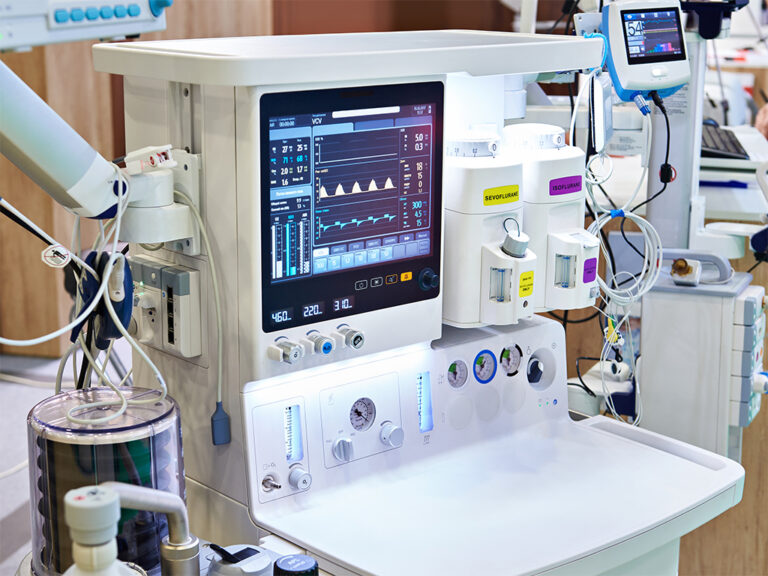
Workplaces are complex sociotechnical systems involving the interaction of workers with equipment and products. Workplace accidents may be caused by equipment failures and design defects, as well as inadequate safety programs, lack of training, and unsafe acts. Workplace accident statistics indicate that human error, not equipment failure/design, is the cause behind a majority of such accidents. Rimkus human factors consultants assist our clients in analyzing industrial, construction, agricultural, mining, and other workplace accidents for OSHA/MSHA compliance and training requirements. We evaluate worker use of warnings related to machines such as excavators, forklifts, loaders, skid steers, boom, and scissor lifts, underground mining equipment, conveyors, rollers, and lathe machines. In evaluating these incidents, we examine, assess, and explain how human behavior at work can lead to or contribute to accidents and assess the adequacy of safety program documentation to determine if the programs in place were adequate to ensure worker

Human factors can play a major role in accidents that occur at private or public locations such as homes, malls, grocery stores, casinos, spas, hotels, restaurants, and retail establishments. When investigating injury accidents, it can be important to conduct a thorough analysis of the human factors issues. Key factors include visual perception, risk awareness, line of sight, age, and impairment.
Additional factors can include object detection characteristics, contributory actions, such as taking shortcuts, hurrying, inattention, and distractions, as well as the availability of alternatives, such as alternate paths to walk, methods to reach objects, and interpretations of signage.
The investigation of slip, trip, and fall accidents requires an extensive understanding of a number of variables. When these types of accidents arise, our experts can explain the impact of the coefficient of friction to navigate successfully, what a person could see, and the effect of lighting on the conspicuity of objects in an area, as well as the human gait patterns when walking on flat and uneven surfaces, strolling up or down inclines, and climbing stairs and ladders.
Our evaluations can include the effects attention, distraction, and carrying objects have on gait and object detection. We also investigate accidents involving adults and children related to pedestrian doors, dog fences, shopping carts, ladder use, pool accidents, eye injuries, falling objects, and related matters.
Our investigations can involve the evaluation of risk-taking behavior, risk perception, unsafe actions, effects of impairment on human performance, availability and sufficiency of safety information and warnings, and whether additional warnings would have prevented the accident.

Product design that considers the capabilities, limitations, and needs of users can reduce the likelihood of human error. Interactions with products can be affected by the environment where the product is used as well as training and safety information. We evaluate product design for design safety and risk communication issues, such as warnings, manuals, and instructions. We evaluate commercial and consumer products, both prior to and after an accident. We have evaluated and determined parameters warning adequacy, conducted consumer studies, and analyzed accident data to understand product use and misuse scenarios. Evaluating product design involves understanding the interaction between a user and the product. Rimkus human factors consultants have designed and conducted analyses related to understanding use and possible misuse risks (user research studies), evaluated new or existing warnings and use instructions, assessed product performance during use, and assessed risk to users from certain designs to help improve the design of an existing product. Our team helps to evaluate the design features of a product to determine whether changes in design may mitigate misuse or unsafe interactions and conducts comparative product analysis to understand potential injury modes. We also offer expertise in eye-tracking tests to determine user gaze behavior during product use. It is common for our experts to evaluate whether the design of a product was reasonable and intuitive, and investigate whether the product was used appropriately or misused based on the manufacturer’s instructions and warnings. We help evaluate the design features of a product to determine whether changes in design may mitigate misuse or unsafe interactions. Our experts assist clients in determining the federal, state, and international regulations and industry standards that their products may need to comply with. We assess warning symbol comprehension by conducting user comprehension studies based on ANSI Z535.3 and ISO 3864 and ISO 9186 as guidance. Our experts have also assisted in product recall management Rimkus human factors consultants have evaluated a wide range of products, including children’s toys, medical devices, construction equipment, household appliances, kitchen utensils, cookware, kitchen appliances, exercise equipment, lawn, and garden equipment, apparel, bedding, pet products, and related matters.

In many accident scenarios, objective techniques to evaluate sound in the environment at the time of the accident can be an essential part of accident reconstruction because “what someone may have heard” could be central to the investigation. This includes accidents involving train whistles and horns, backup alarms, emergency vehicle sirens, engine noise, fire alarms, and other sounds that may be of interest where the issue concerns the sound’s inability to have been heard and therefore the inadequacy of the auditory warning. Objective techniques that employ appropriate technology to record and playback accurate representations of an auditory scene allow for the triers of fact to experience the auditory scene in a way that can otherwise only be quantified or described through physical measurements of sound. Our experts use objective data collection techniques and calibrated sound technology to record and playback audibly accurate representations of a scene that can allow the jury to experience the sound in an accident scenario and better understand the facts at issue. The implementation of this technology can help reduce subjectivity from the process and substantially increase the evidentiary value of the auditory data collected, analyses performed on this data, and the quality of the conclusions reached

Rimkus human factors consultants offer our clients our extensive experience in studying human performance and contribution to roadway accident scenarios. These evaluations can encompass issues such as driver gaze behavior, perception-response time, visibility and conspicuity, driver decision-making, fatigue, impairment, stress, inattention and distraction, inexperience, eyewitness memory, risk-taking behavior, response to posted warnings, and sounds. We work with vehicle accident reconstructionists when complex questions arise regarding the pre-impact stage of the accident reconstruction process and address issues such as driver gaze behavior both at intersections and inside vehicles, gaze duration, perception-response time, and available time to stop or maneuver prior to an accident. Our experts address attention and distraction, cell phone usage such as texting, talking, and phone operation, and its impact on a driver’s or pedestrian’s ability to detect and respond to a hazard. Other evaluations conducted by our experts include the contribution of driver or pedestrian expectation, nighttime driving, visibility and conspicuity of vehicles and objects, pedal error, and driver response to signage and auditory warnings. Visibility and conspicuity of an object, pedestrian, or vehicle can be a major factor in accidents, especially during low lighting and nighttime conditions. Even in adequate lighting conditions, objects or structures can obstruct the vision of individuals and affect the detection of other objects, pedestrians, and vehicles. Reduced illumination at night presents a challenging environment for individuals both visually and cognitively. Reduced illumination in parking lots and buildings may affect the visibility and conspicuity of objects and pedestrians. Similarly, during nighttime driving when illumination is reduced, there are fewer cues from the environment to guide the driver in navigating appropriately. Inattention and distraction can further increase susceptibility to accidents. We help determine if a pedestrian, vehicle, or object was visible given the ambient illumination and weather, how much illumination humans need to navigate safely under specific conditions, whether an object or surface presented sufficient contrast from the surrounding area, and how much light an object would reflect in a given environment. Our experts can also analyze the distance at which the pedestrian or vehicle could have been seen and the first instance when an object on the roadway would have presented a hazard to an approaching driver or pedestrian. In situations of lane closures or lane narrowing due to highway work zones, the safety of both drivers and workers can be at stake. For example, late merges, incomplete merges, or wrong entries may present dangers to both drivers and workers. Signage and temporary traffic control devices can assist a motorist or equipment operator in becoming aware of potential changes or hazards in a roadway due to altered driving conditions. Such devices may also alert a driver to the need to operate their vehicle or equipment at a speed or on a path that allows for navigating the area safely. In such scenarios, our experts can analyze whether the construction zone signage and use of traffic control devices provided sufficient warning and information to alert a driver of altered roadway conditions. We can also evaluate whether the signage or equipment on the roadway blocked the visibility of oncoming traffic. In such accidents, driver behavior, driver expectations, familiarity with the area, experience, hazard anticipation and response, and attention to driving conditions need to be evaluated.

Warnings are ubiquitous in our everyday environments. They provide us with information regarding hazards that may be present. Written warnings appear on products, equipment, machinery, tools, medication, roadway signage, and user manuals. Sounds such as alarms, sirens, and horns can provide auditory warnings of danger. Tactile warnings such as vibrations from rumble strips, and olfactory warnings such as the odor of ethyl mercaptan in natural gas, can alert us to other dangers. Evaluating whether a warning is appropriate or sufficient involves understanding the context in which the warning was provided and received, as well as understanding the receiver’s expectation and knowledge of the hazard. Rimkus human factors consultants assist our clients in the evaluation and development of warning labels, manuals, and safety data sheets for regulatory and industry standards compliance, such as FDA, FHSA, DOT, ANSI, and ISO. We help evaluate how individuals process warnings and safety information and research what factors motivate safe or unsafe behavior. Our experts can assist in determining whether a hazard would be open and obvious, whether a warning or symbol would be necessary to convey risk information, and whether the placement, format, or color of warnings may have affected accident causation. We also evaluate whether an operator or pedestrian could have heard an auditory warning, such as a train horn, siren, alarm, or other sounds.


